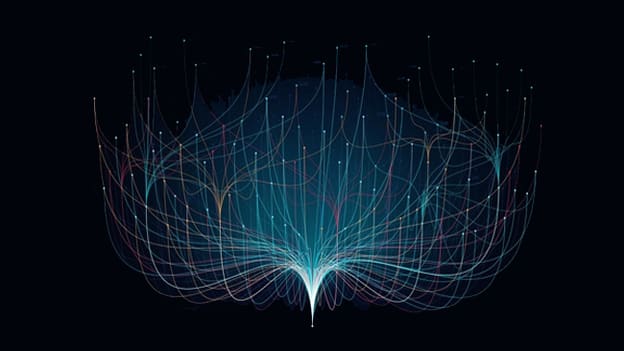Optimizing employee experience through tech

Employee experience has always been a significant aspect in HR even before COVID, prompting certain firms to jump right into implementing employee experience plans they would have put off otherwise. Employee experience (EX) is an emerging business concept that tracks how the workforce think and behave at every phase of their employment through the organisation. EX arose as a direct response to a familiar function customer experience (or CX). Focusing on the employee experience is important to amplify the consumer experience as well as the company's overall performance. Companies across industries around the world have already recognized this correlation and are transforming resources to provide more support for productive experiences during the employee lifecycle.
According to a Gartner report 2019, only 13% of the workforce was fully satisfied with the work experience. But in the year 2021, companies are taking a more holistic approach to the workforce experience, adopting policies aimed at optimizing employee well-being and increasing commitment. This can be challenging, but equally essential if businesses are going to adapt in the post-COVID-19 period. Companies must now, more than ever, accept the idea that investing in their workers' well-being will pay off in the long run. Today, organizations are ensuring that employees have all the resources and facilities they need to be happy at work and empowering them to deliver excellent customer service. They are investing in processes like hiring, internal mobility, skill mapping which are the key components of talent retention –
Internal mobility has increased across industries because of the pandemic. Organisations in India seek the top 3 skills - communication, problem-solving, and time management skills while recruiting internally.
Skill mapping - Indian businesses have developed numerous L&D programs to help employees to develop new skills and to train them for the future. Though upskilling is important, many Indian businesses often use data analytics to find specific talent pools when recruiting. According to LinkedIn's study, 91 percent of Indian firms use data to make educated talent-hiring choices, and 53 percent use data to match talents to available positions.
Since every employee is different and has a different objective in the company, employee experience can be achieved through tailoring the employees’ demands. The following tech tools will help in boosting employee experience –
- Employee Engagement Software – Collecting employee's input and evaluating aggregated feedback patterns over time to quantify the employee experience will help to determine what needs to be improved and lead the steps to improve it. This may involve gathering input on issues like value opportunities, a recently implemented policy or application, the current application environment, etc.
- AI and the Personalised Experience – AI can be used to make employee experience more "human." through providing analytic tools that will facilitate active listening and predictive responses. This will help the HR team to see the potential problems and to reach out to employees directly for concrete information on how to better assist them in succeeding.
- AI-based Training - By combining AI with virtual reality training, companies can provide their employees with an even more powerful interface that will maximize employee skills learning per hour of training. Furthermore, virtual reality (VR) is gaining traction as a cutting-edge technology approach for businesses.
- Employee empowerment - Providing employees the autonomy, creative freedom, and digital platforms to do their best at work is a way to give them an enjoyable and fulfilling experience. As policy and organizational culture decisions influence artistic freedom and autonomy, offering employees the resources they need to do their jobs will achieve the same goal.
- Analyse business application portfolio – Employees' experiences are also influenced by the business applications they use. Choosing the right applications, deploying them properly, and adapting them through the application environment would have a huge impact on how employees function.
- Enhance teamwork – Teamwork tools have been more popular in recent years, and studies suggest that they do improve how employees connect. Slack, Microsoft Teams, and SAP Jam have been used to make collaboration faster, which is something that employees enjoy.
- Self-service capabilities in HR and non-HR systems – It will save the company a lot of time, but the applications must be easy to use. Lack of usage leads to data integrity problems or provokes workers to look for workarounds that just redistribute the workload somewhere. Ensuring that the system works well, can be accessed on mobile devices, and has simple workflows that can be followed to completion will create easy wins.
It's time to rethink what we want for our teams and employees, as well as how we value their time and energy. The innovative HR-tech tools provide a fresh approach to create employee experiences that go beyond satisfying functional or administrative needs; they help to engender a sense of community, responsibility, and pride. Companies must provide a mechanism for their employees to provide detailed and regular feedback. They should then follow an approach based on the experiential data as well as organizational data. This system of operation, which unlocks not only productivity but also resilience, will be the catalyst for more flexible ways of working.















